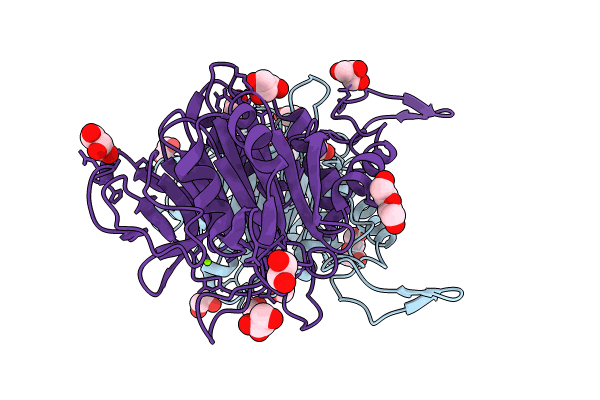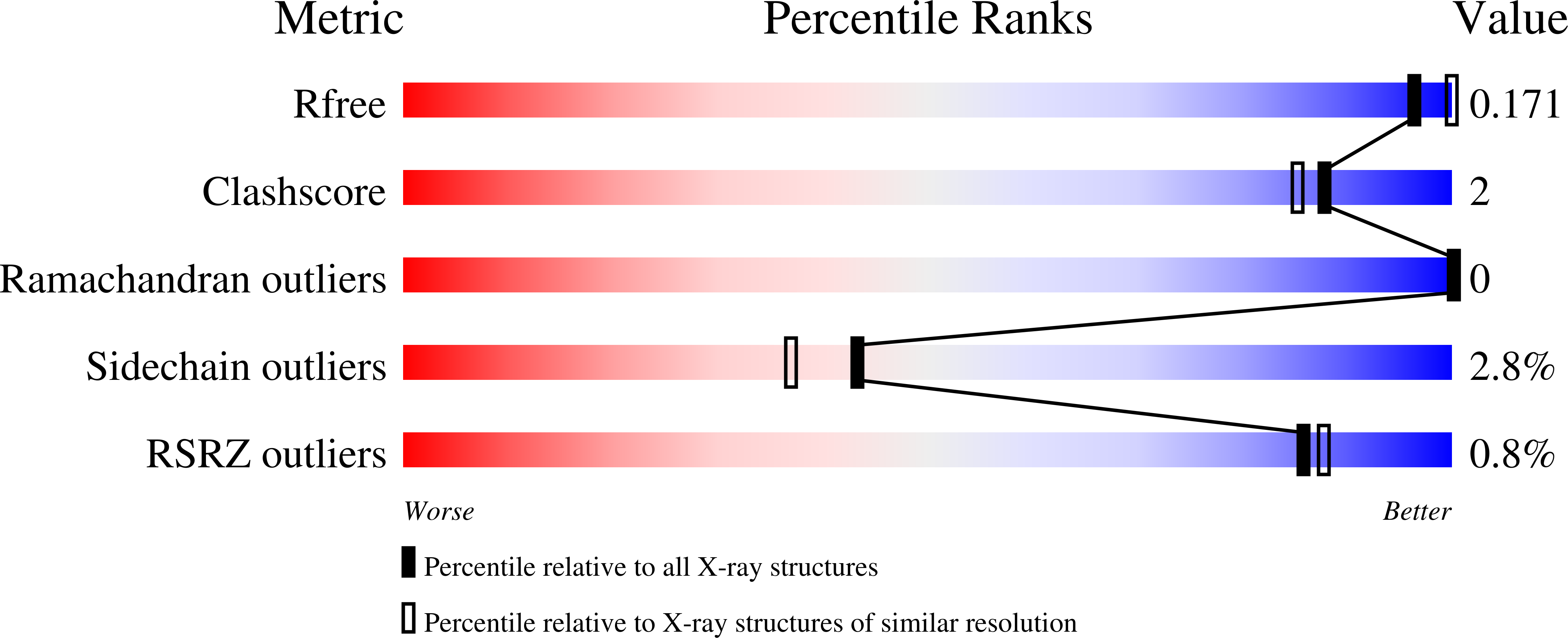
Deposition Date
2024-01-22
Release Date
2024-02-07
Last Version Date
2025-04-09
Entry Detail
Biological Source:
Source Organism:
Arthrobacter citreus (Taxon ID: 1670)
Host Organism:
Method Details:
Experimental Method:
Resolution:
2.04 Å
R-Value Free:
0.17
R-Value Work:
0.13
R-Value Observed:
0.13
Space Group:
C 1 2 1


